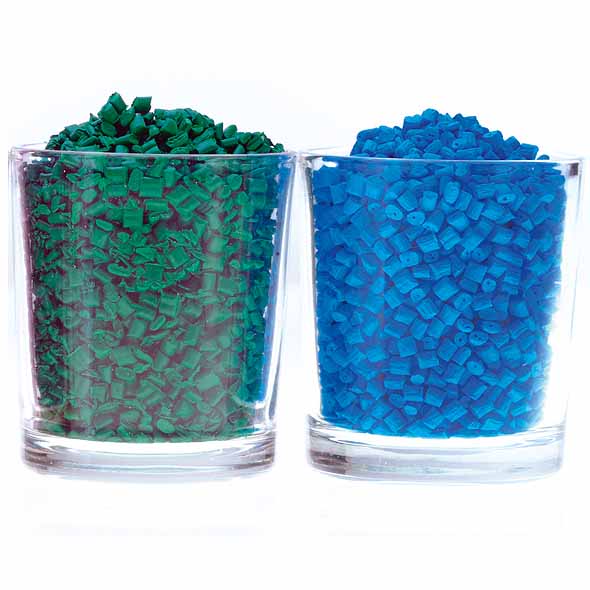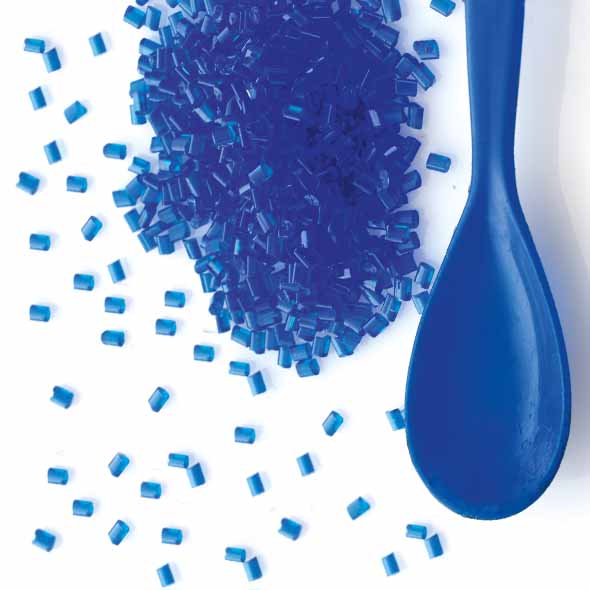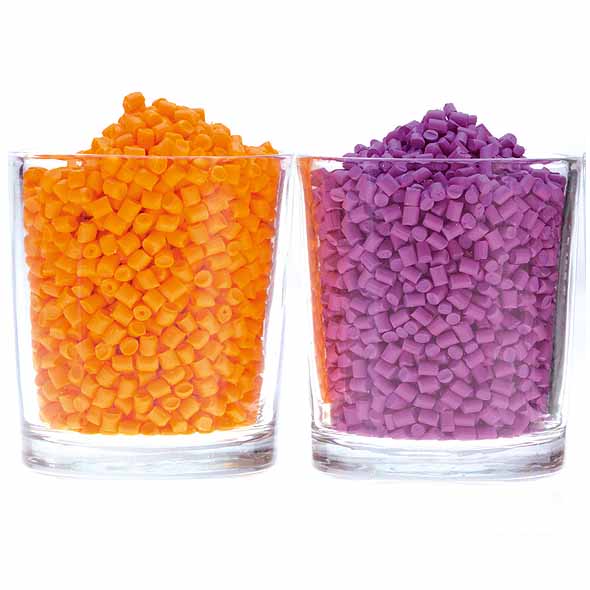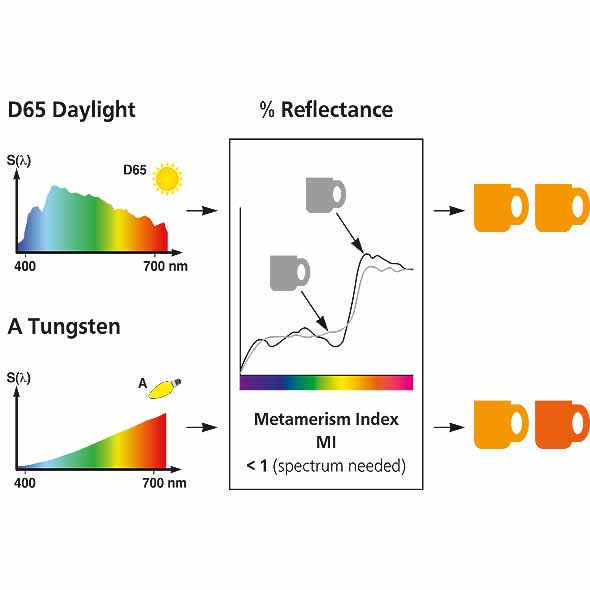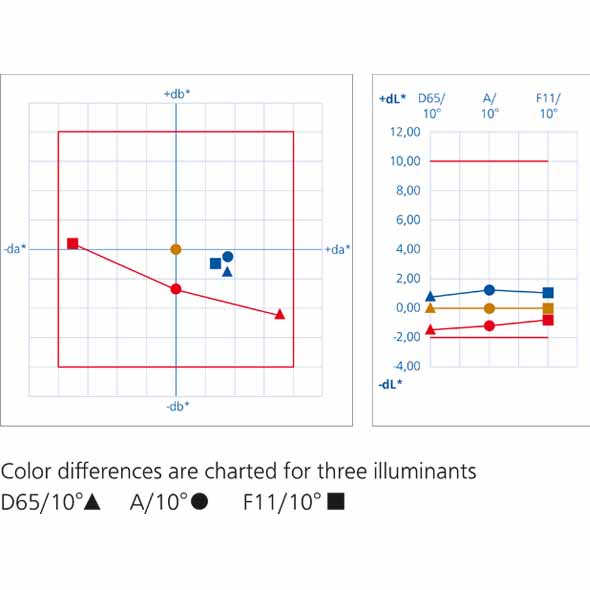Solid Color & Gloss
spectro2guide
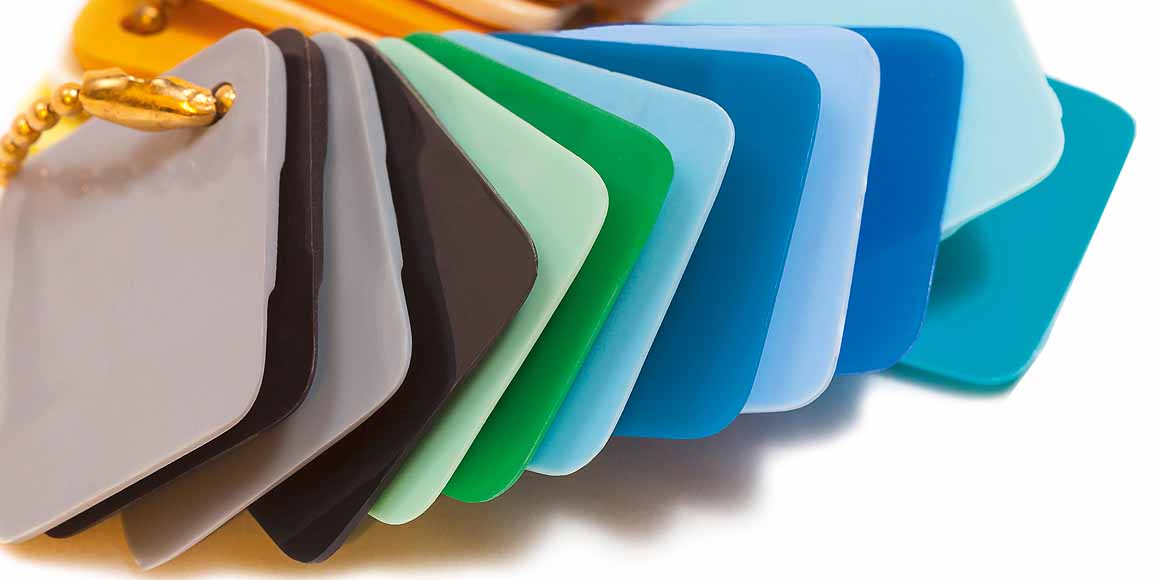
The range of raw materials includes many different material types and forms such as pellets, pigment pastes and powders, from opaque to translucent or transparent. The requirements on color measurement and sample preparation are particularly challenging because of the extreme diversity. Lot-to-lot color consistency is an important indicator of quality and can only be achieved, if the measurement results are repeatable and reproducible.
The ultimate manufacturing objective is to consistently and confidently sell their end product to a customer. Therefore, the product needs to be checked prior to shipping, to ensure it meets the agreed upon color and appearance tolerances. If the color is off specification, it will have to be reprocessed and potentially be sold at a lower price or even needs to be discarded. Therefore, incoming quality control of the raw materials is essential. Tight lot-to-lot variation is a pre-requisite for minimizing rejects.
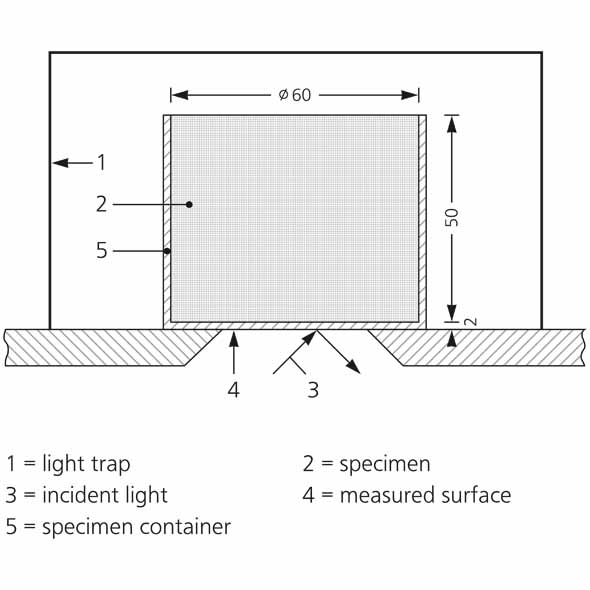
As the yellowness index is just a one-dimensional number it sometimes does not completely describe the visual perception. Often samples show an additional significant difference in hue and lightness. Therefore, a three dimensional description of color using the CIELab color coordinates is recommended. Within this system, the b* value can be used as an indicator for yellowness. The molded plaques are usually not completely opaque. Thus, when taking color readings the background has a crucial impact on the measurement results. To achieve the best discrimination between different products a white backing material is recommended. The material should be long-term stable and agreed upon between the involved parties.
